|
In collaboration with The Federation's Art Action Day marking one year since Trump's inauguration, my paperworks class made small collage books that engaged some aspect of culture deemed important to them. The group urges that art is essential to democracy and this little project allows each student to put their voice out into the world on particular topics. Students picked themes of multilingualism, homelessness, immigration, religion, among others.
Students collected collage materials, assembled them into this easily reproducible low-brow book form. We then scanned them, had multiples printed via a photocopier. Students are then to "shopdrop" them around the city. Shopdropping is defined as "To covertly place objects on display in a store. A form of "culture jamming" s. reverse shoplift, droplift." This seemed like a good subversive form of dissemination that connects to the theme of the work and Art Action Day. Students are to then document the shopdropping process with their phones. Tomorrow, on Art Action Day, I will post images of the books themselves and the shop dropping.
0 Comments
From time to time, when I have time, I try to post articles and thoughts related to religion and the arts, and specifically Christian theology and the arts.
Here are a few articles that I've recently run into: Lucifer, Patron of the Arts This is an interesting article on the recent movement by the Catholic Church to venture directly into the art world. As the author implies, as a means to "lure" (my nice word choice given the title) lapsed Catholics back to the church via their interest in arts. What I found most interesting in the article was her Protestant utilitarian sentiment stating, "The archdiocese plays art patron on the downtown scene while parishes are shrinking, schools and churches closing". She takes up that old chestnut of Protestant critique against the excesses of the Catholic church suggesting that it should be used for missions etc. And perhaps it should. However, my artistic sensibilities are excited about the idea. Sure, approaching the wealthy lapsed Catholics through art patronage might be well down the slippery slope, but I still find it exciting to see the church catholic engaging the arts in a new way. 5 Ways the Church Can Make Great Art Again Overall, this is a pretty nice little article put out by Relevant Magazine. While #1 falls prey to the typical Modern romantic notion of the artist, the rest are certainly on track to address some of the surface issues. There are deeper issues of cultural education, sacramentality, consumerism, and entertainment at work in this discussion not mentioned. Can We Enjoy Good Art from Morally Questionable Artists? This is another old question from my Evangelical background and obviously it is still alive and well in cultural consumption. Do we, in viewing films, art and listening to music give consent to the actions of the performers, artists, directors etc? Perhaps we do well to reduce this question to the absurd...Do you give consent to the actions of your mechanic or checker at the grocery store when you shop there? The article raises the same question about Yoder's theology (and while not mentioned you could add Paul Tillich to this list) because of his questionable actions toward women. Do these actions discount their brilliant work? Do the actions highlight the distinction between the ideal and the actual in their life? Certainly, we all, whether Christian or not, should be sensitive in their media consumption, but my fear is that we as Christians are too fricken reactionary from our perceived moral high ground. Thoughtfully engage the work...always. What Can Artists Teach the Church? Alyssa Wilkinson reflects on her MFA in Writing experience and offers 3 ways artists might help the church. What is interesting here is that she focuses not on the artistic product but the process. Artists are masters of failing well. We all write, paint, play failures and this process of getting back up and trying again is an important spiritual virtue for the church. She also thoughtfully explores the ideas of Practice as Formation and Bodily Knowing.  With the NABPR and CTS conference in the books it is time to transition to my project for the CIVA Just Art conference at Wheaton. In just over a week I will be heading out to join other scholars, artists, ministry professionals to explore the roles of faith, justice and the arts. It looks to be a great conference with exhibitions, quality presenters and presentations. As I often do, I tend to bite off more than I can realistically chew. I love conferences in theory (and in actuality as well once my responsibilities for it are over). I hate passing up opportunities to present my research so when the call for papers came I waited until the last moment to throw my proposal out there. With the exhibition last week and Maymester the two previous weeks, the paper has sat dormant for some time. Thankfully I did have some time to work on it at the CTS conference while I was attending to the gallery. My paper will explore the thought of Johann Baptist Metz, a German Catholic political theologian and use his thoughts to engage the work of recent Guggenheim recipient Daniel Heyman. The papers (for good and ill) are only 15 minutes...which actually makes it quite a bit harder to layout Metz' project and make coherent connections to Heyman. But it is exciting to actually be writing this paper that came to mind last year at the CTS conference in San Antonio. In the coming days, I will post briefly about my progress and overall thoughts on their work. Stay tuned...  Formation Matters takes its name from a simple, but evocative play on words. If taken literally, the phrase suggests the relevant topics or concerns relating to formation. Rhetorically however, the phrase implies the overall importance of formation. In a third turn of the phrase, it also hints at the substance or physicality of the artists’ creations through which viewers engage the initial two turns of the phrase.* This plurality of meaning allows for the same in the directions of work chosen for the exhibit. While all the artwork in some way deals with memory and tradition, it also embodies a variety of conceptual approaches. Both Donovan Widmer and Patrick Luber investigate the dynamic and formative relationships between religion and culture. Whereas Katelyn Reiter and Mary Kocal explore the power of family narratives within their own lives. My own work, and that of Cherith Lundin, raises questions about the ambiguities and possible loss of traditions. Micah Bloom’s recent work on the 2011 Minot flood haunts the space between these two positions as a metaphor by regarding his childhood formation and the passing of the paper book. Additionally, while all artists work from particular traditions and influences, be it media or school, John Kaericher’s work often makes explicit visual ties to his mentors. In these ways, the exhibit offers another voice into the conference conversations. Building around the theme of Teaching Theology and Handing on the Faith, the exhibition is rooted in the belief that the visual arts can be remarkable catalysts within these conversations, as well as profound symbols and mediations of the Divine. While the church has historically drawn upon the devotional and didactic potential of art, the engagement and contemplation of contemporary art allows divergent points of affirmation and provocation of its traditions. *The beginning is a modification of Liz Well's introduction to her wonderful text, Land Matters  After a very busy day yesterday with a lot of help from my niece Brittany, the exhibition is up and looks great. The conference starts this evening with the first plenary speaker and people have been trickling into campus. I am so thankful to CTS & Creighton for allowing me this little artistic experiment within a theological conference. I am also in debt to the artists who have shared their work with me and made this a great looking exhibition. I have put together a hastily edited and unedited collection of images from the show into a gallery below. I will update names and piece titles when I have more time. 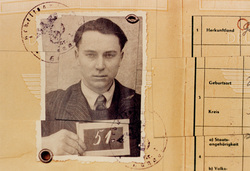 Today I am packing the artwork for the Formation Matters exhibition that I have curated for joint meetings of the College Theology Society (CTS) and the National Association of Baptist Professors of Religion (NABPR). This exhibitions represents the culmination of years (since CTS's meeting at Regis in Denver in 2006) thinking and discussions on how to include art into the conference discussions. Back in 2006 the theme was on art and beauty (a natural connection to host an exhibition) but alas no actual visual connection was made beyond the standard conference presentators and presentations (of which I was one). The Arts Media Literature and Religion section does a wonderful job at providing a venue for discussing such matters. My hope with the exhibition is to dovetail this group and offer a first hand, or primary source, kind of opportunity for conference goers to connect their research and thoughts to the work and vice-a-versa. This year's conference theme is Teaching Theology and Handing on the Faith: Challenges and Convergences. For the exhibition, I have chosen for focus the chosen work on ideas of memory, tradition, and formation (I will say more about these areas in the coming days). As I mentioned, I have talked to CTS folks about this for a few years now and I am so excited to see it come to fruition. I am so thankful for Creighton and CTS for allowing me to experiment with this little venture. Over the course of the week, I will be posting more updates, information on the artists, and images from the gallery. A theology of fashion? Why bother with such a trivial subject you ask?
Perhaps its not all that trivial. Perhaps, if your response is similar to the one above, we do well to consider why it is seen as trivial. During my trip down to Iowa in October to speak at Dordt's Christian Evasion of Popular Culture conference, I bumped into Bob Covolo who is doing work at Fuller Seminary on the topic of fashion. Unfortunately I was so exhausted after my paper I did not have an opportunity to hear his paper. After reading an article someone posted on the new black dandies in higher education, I decided to look Bob up on the interwebs and found this great article on Cardus. Bob's article surveys a variety of approaches toward fashion and encourages the church to engage in thicker readings and engagements with fashion. Fashion has always been a sort of guilty pleasure for me. As an artist, clothing has always been another form of expression for me, but has always been subverted by the typical sorts of critiques that Bob alludes to coming from the church. I suspect that fashion, like the visuals arts, are often seen as trivial, and utilitarian in nature (one for covering the body, the other for Evangelism). I think Bob is on track with the breadth of questions that fashion raises for church. But, I keep coming back to...what seems to me is a avoidance and escapist sense of materiality (including the human body itself). Perhaps its just remnants of my own Dordt paper coming out, but the whole Gnostic escapism thing really could resonate with why the church devalues things like fashion and the arts....they are fleeting, of this world, and distract us from our spiritual duties, until we can leave this place behind. If we dont take bodies seriously, how much less of an emphasis do we place on those things we put on our bodies and around us in our homes and such? But that being said, there are resonances (at least in my mind) between our fields. However, I suspect that Bob is up against even tougher critics that rely upon biblical prooftexting  This morning I woke up in the Upper West Side of Manhattan. I now sit on my couch in Grand Forks, ND. It is a strange contrast of cultures and views. I love both...I love visiting NYC. I love coming home too. It was a great trip...good food, the Met, Guggenheim, and lots of walking. But the highlight of course was my own opening at Space 38-39. Given Sandy's destruction on the island the week before, we had no idea what to expect. But I was happy with the turnout and some great questions and conversations about the work. I am so thankful for the opportunity to show at IAM's gallery and certainly to Meaghan and the staff there for the publicity and work that goes into putting it all together. 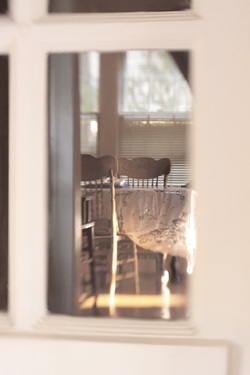 One of the courses I am teaching is the advanced photo class. Its a small group...all women. For our our first assignment I asked them to document their life in whatever style they photograph in. I had several intentions with this. First, I was curious what they would come up with. Secondly, it is hard to step into someones artistic development without having seen much of their work and be able to give much helpful advice or critique. Thirdly, not only was the project intended to help me become acquainted with their work, but also them as students and perhaps, depending upon how honest they are, the complexities of their lives. After giving the assignment, I thought that I was in somewhat of an interesting place to do the same thing. The work is intended to highlight in someway my current existence...living in Minot with a family during the week and at my own apartment with my wife on the weekends.  Last week Friday, Karina and I made a flying trip down to Orange City, IA to my opening at Northwestern College. It was a great opening...a good turnout, time with family and friends, seeing former professors, and of course seeing ones art in a new space. As I said that night, any solo exhibition is a great event as an artist but the opportunity to do so in a community that has been so formative in my own life is extremely special. I am so thankful for this opportunity, for family and friends who came to the show, and for Emily Stokes wonderful help in hosting. |
Ryan StanderArchives
January 2018
Categories
All
|
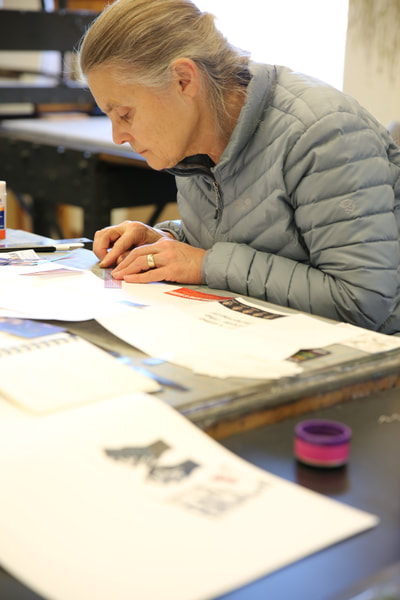




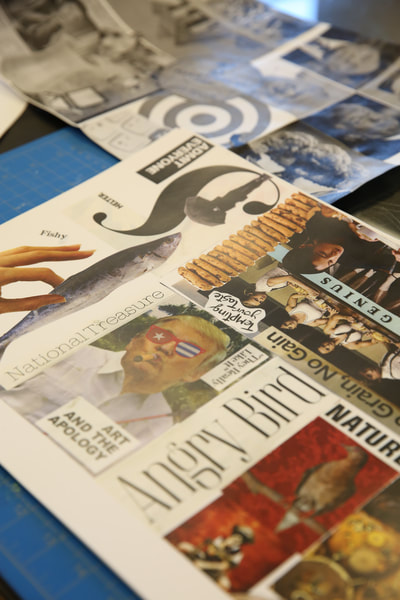


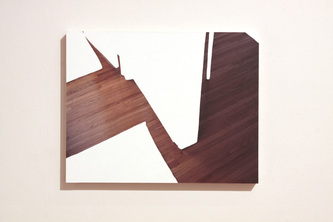
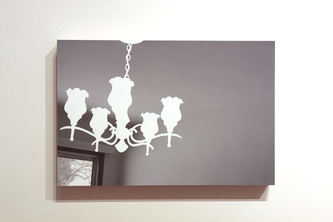
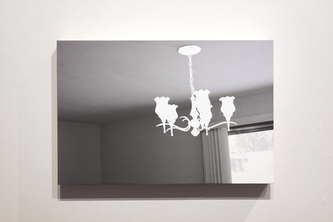


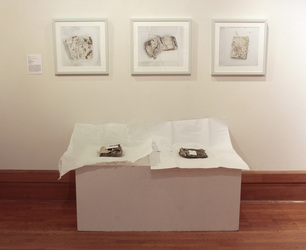
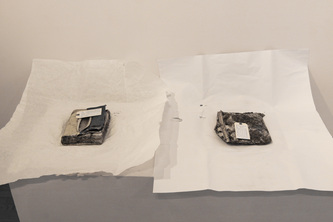



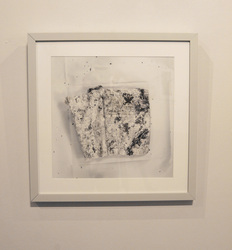

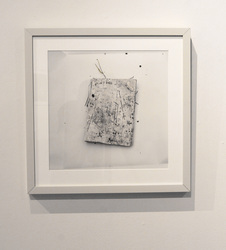

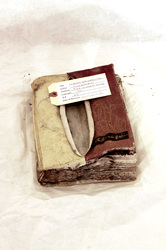

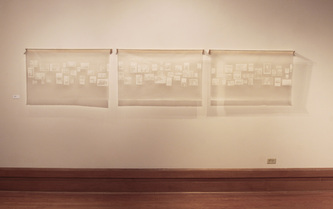
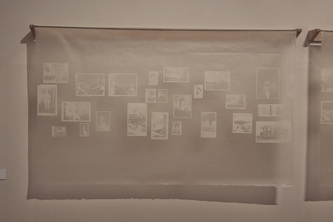
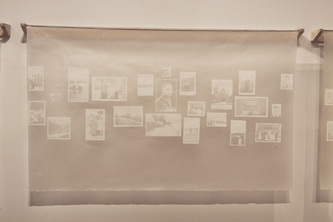

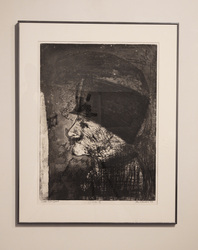

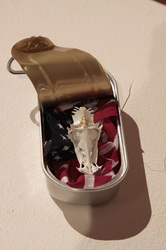

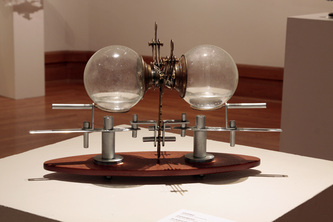
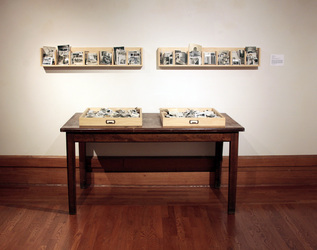
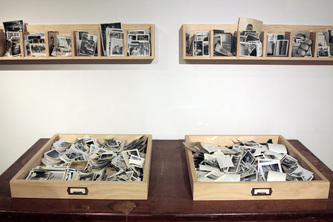










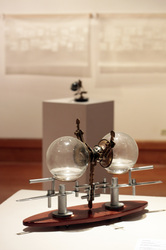





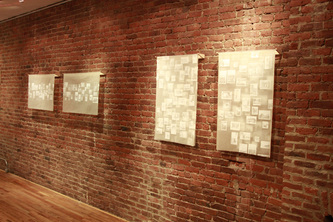

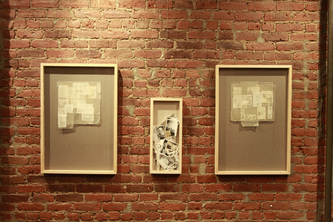
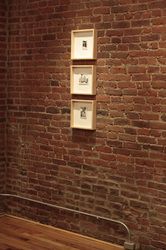






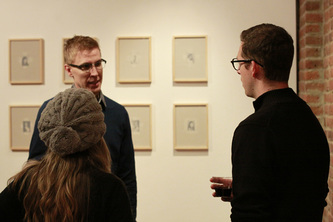
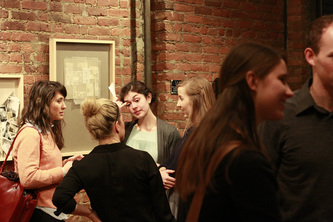
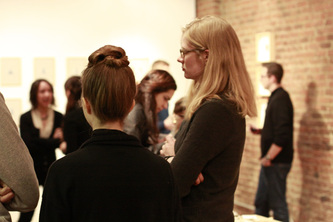

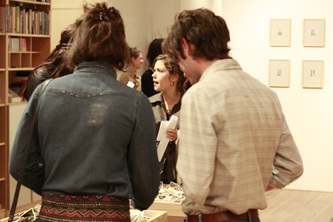






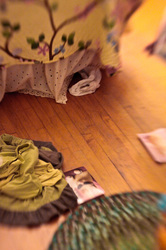
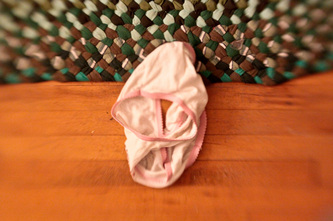
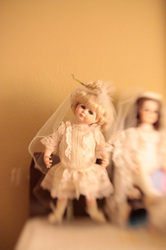


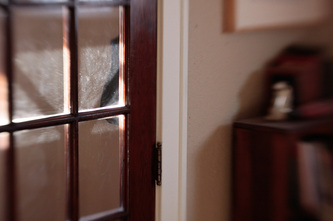





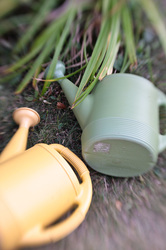




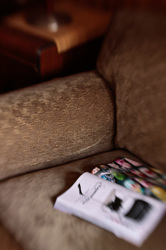



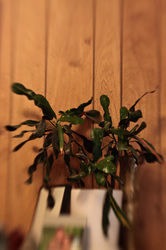



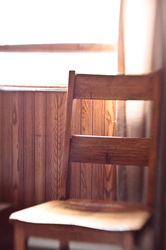

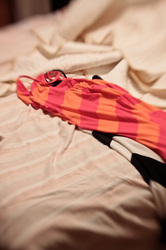




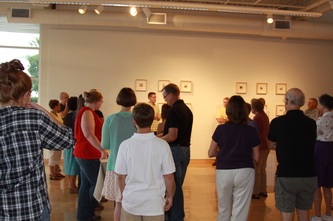
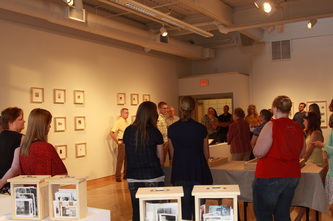

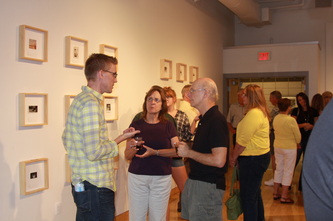






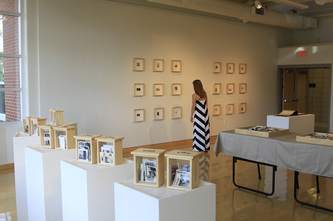



 RSS Feed
RSS Feed
